How to Choose the Right Solar Roof Tiles for Your Home
Choosing the right solar roof tiles for your home is a crucial decision that can significantly impact your energy efficiency and overall aesthetic. With the growing popularity of renewable energy sources, solar roof tiles have emerged as an attractive option for homeowners looking to harness the power of the sun while maintaining the integrity of their home’s design. Unlike traditional solar panels, solar roof tiles seamlessly integrate into your roofing system, offering both functionality and style. However, with so many options available in terms of materials, designs, and technologies, it can be challenging to determine which solar roof tiles are the best fit for your specific needs. This guide will provide you with essential insights and considerations to help you navigate the selection process, ensuring that you invest in a solution that not only complements your home but also maximizes your energy savings in the long run.
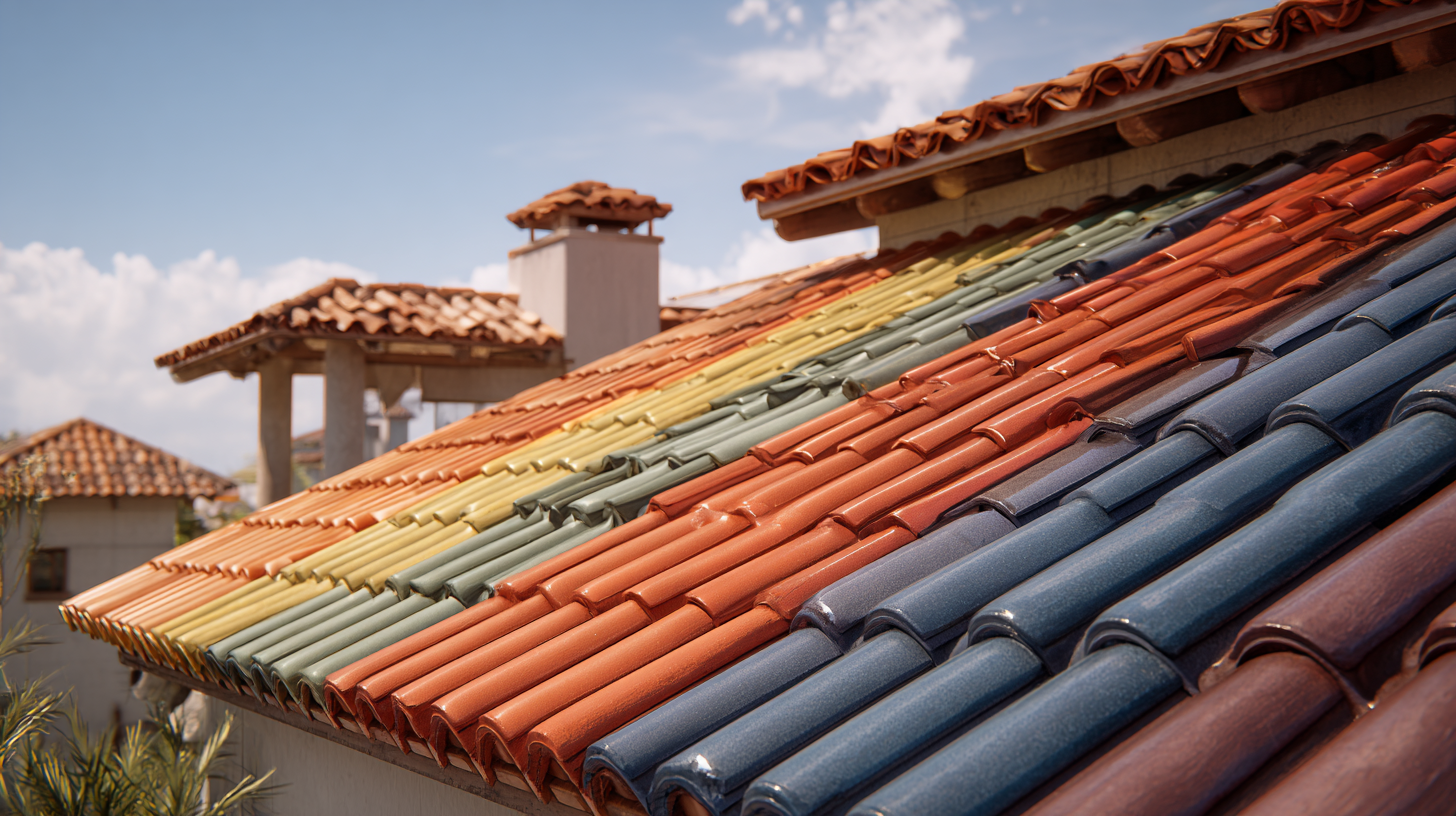
Understanding Different Types of Solar Roof Tiles Available on the Market
When choosing solar roof tiles for your home, it’s essential to understand the various types available on the market. The two primary categories of solar roof tiles are photovoltaic (PV) tiles and solar thermal tiles. According to the Solar Energy Industries Association (SEIA), PV tiles not only serve as roofing materials but also convert sunlight into electricity, making them a popular choice for homeowners looking to maximize energy efficiency. In 2022, the adoption rate for residential solar installations was reported to have increased by 24%, signaling growing interest in sustainable energy solutions.
Moreover, solar roof tiles come in various materials, including glass, metal, and asphalt. Each material has its own advantages. For instance, glass solar tiles typically offer high efficiency rates, with some models achieving efficiencies of up to 22%, according to the National Renewable Energy Laboratory (NREL). Conversely, asphalt solar shingles may provide a more cost-effective solution while still delivering a decent energy output. Understanding these distinctions is crucial for making an informed decision that aligns with your energy goals and aesthetic preferences.
How to Choose the Right Solar Roof Tiles for Your Home
| Type of Solar Roof Tile | Material | Efficiency (%) | Lifespan (Years) | Cost per Watt ($) |
|---|---|---|---|---|
| Monocrystalline Solar Tiles | Silicon | 15 - 22 | 25 - 30 | 2.50 - 3.00 |
| Polycrystalline Solar Tiles | Silicon | 13 - 16 | 20 - 25 | 1.80 - 2.50 |
| Bifacial Solar Tiles | Silicon | 15 - 24 | 25 - 30 | 2.00 - 3.50 |
| Building-Integrated Photovoltaics (BIPV) | Glass, Thin-film | 10 - 15 | 20 - 25 | 3.00 - 5.00 |
| Thin-Film Solar Tiles | Cadmium Telluride, Amorphous Silicon | 8 - 12 | 15 - 20 | 1.00 - 1.50 |
Evaluating the Cost-Benefit Ratio of Solar Roof Tiles
When evaluating the cost-benefit ratio of solar roof tiles for your home, it is essential to consider both the initial investment and the long-term savings they can provide. Solar roof tiles can be more expensive upfront compared to traditional roofing materials, especially when factoring in installation costs. However, their ability to generate renewable energy can lead to significant reductions in monthly utility bills. Analyzing current energy costs and potential savings can help homeowners gauge how quickly they might recoup their initial expenses.
Moreover, the financial incentives offered by governments, such as tax credits and rebates, can enhance the cost-effectiveness of solar roof tiles. Homeowners should explore available subsidies that can offset part of the installation costs. Additionally, the increasing value of properties equipped with energy-efficient features can further improve the return on investment. Ultimately, weighing these factors against the performance and durability of the solar roof tiles can guide homeowners in making a financially sound decision.
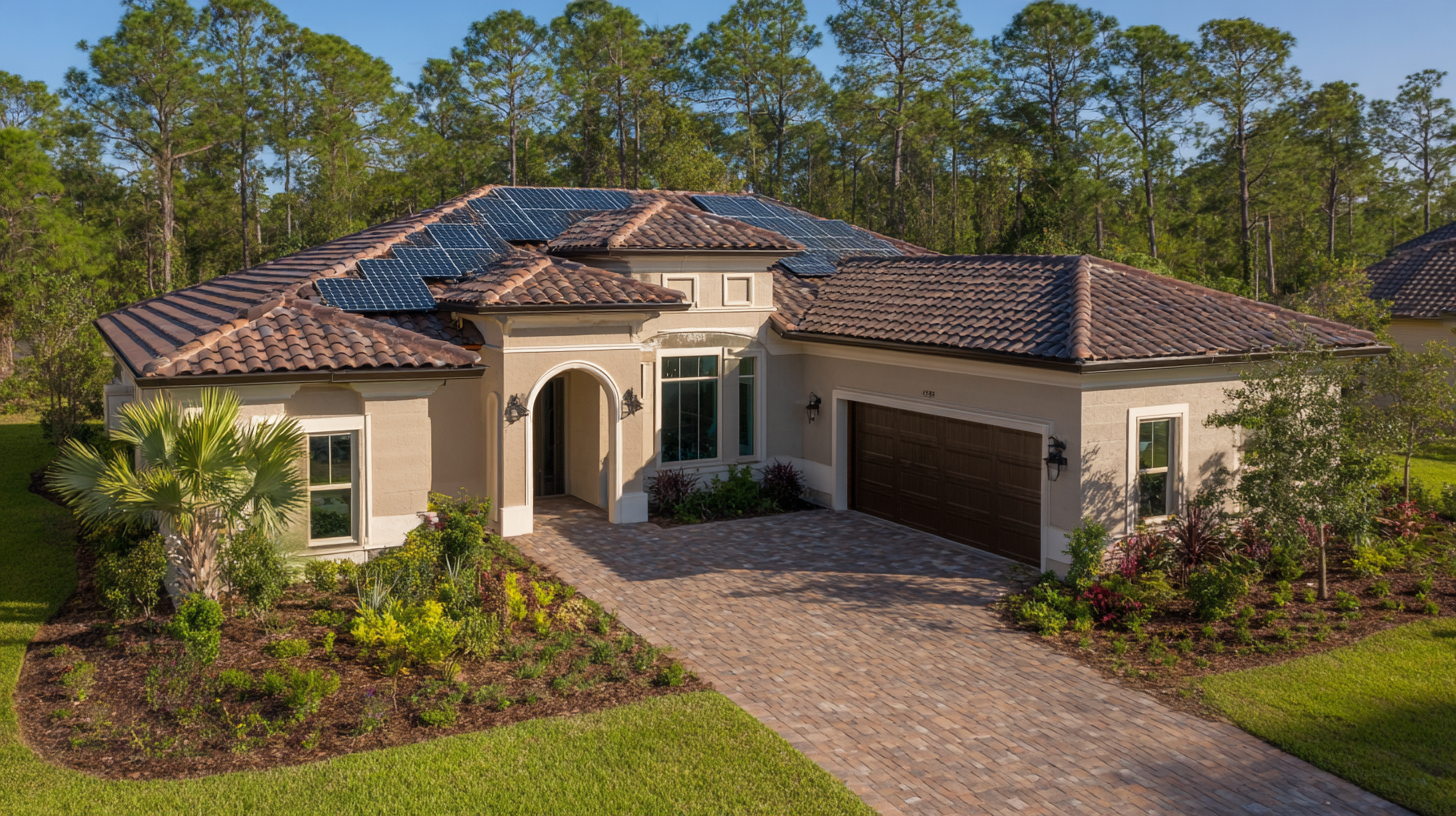
Assessing Energy Efficiency Ratings for Solar Roof Tiles
When selecting solar roof tiles for your home, assessing energy efficiency ratings is crucial. The efficiency of solar tiles is typically expressed as a percentage of sunlight converted into usable energy. Industry reports indicate that high-efficiency tiles can achieve ratings over 22%, significantly enhancing energy production compared to traditional panels, which average around 15-20%. Additionally, newer technologies, such as building-integrated photovoltaic systems, are emerging that combine aesthetics with functionality, allowing for elegant designs without compromising energy performance.
Recent product launches, such as innovative solar shingles, have set benchmarks in the market. For instance, the latest solar shingles offer improved durability and a streamlined appearance while maintaining high energy output. It's essential to compare these options based not only on aesthetics but also on their efficiency ratings. According to a 2023 market analysis, solar shingles can yield savings of up to 30% on electricity bills over their lifetime, making them an economically viable long-term solution for homeowners seeking sustainability without sacrificing style.
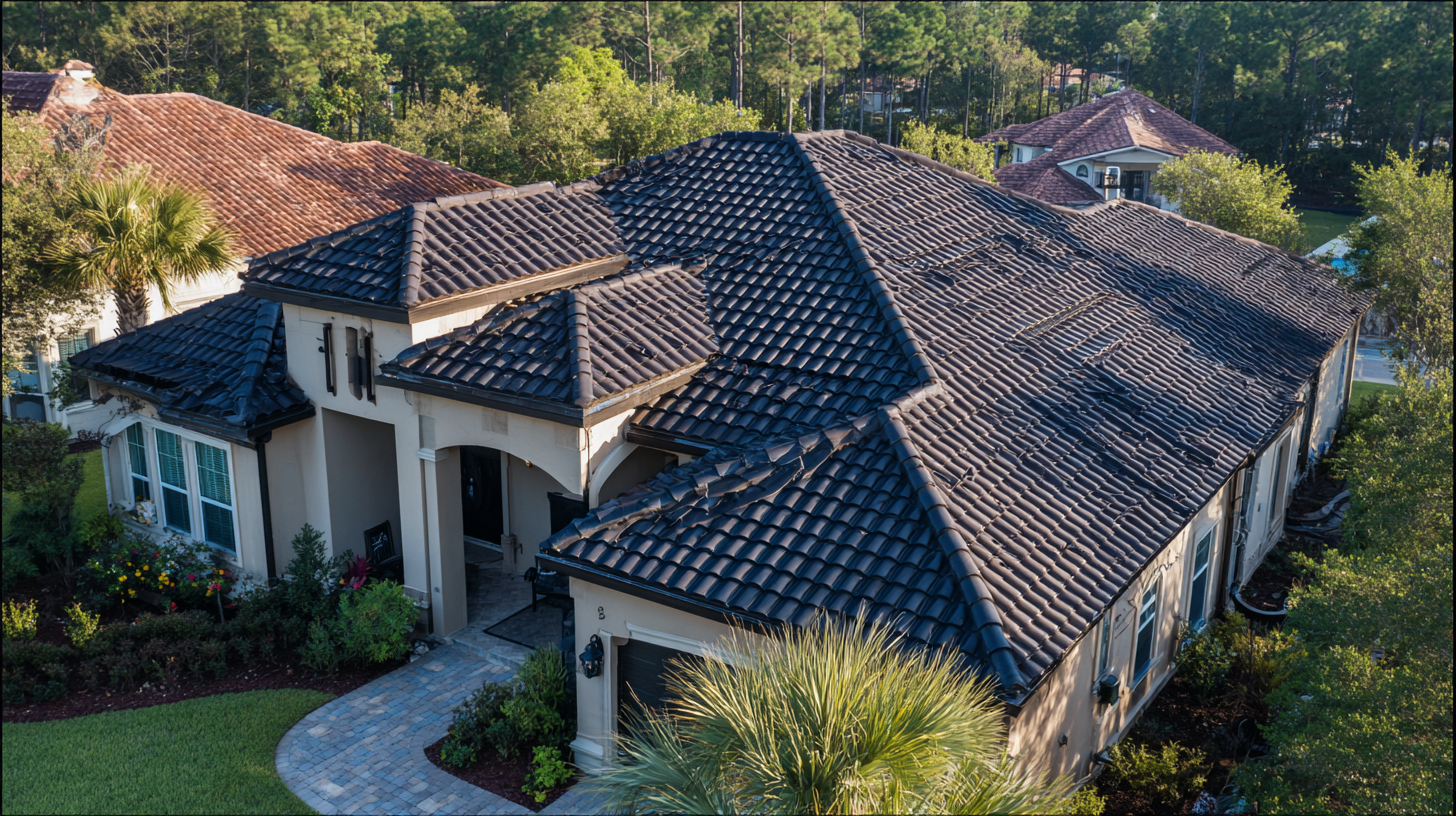
Considering Aesthetic Options and Home Design Compatibility
When selecting solar roof tiles, aesthetics play a crucial role in ensuring that the installation complements the overall design of your home. One of the first considerations should be the color and texture of the tiles, as they can significantly impact the visual harmony of your property. Homeowners should aim for tiles that blend seamlessly with existing roof materials or enhance architectural features. For instance, if your home boasts a modern design, sleek, dark solar tiles may amplify its aesthetic appeal, while traditional homes might benefit from tiles that mimic classic roofing styles.
In addition to color and texture, the shape and size of solar roof tiles are essential in maintaining the home’s design integrity. Different solar tile designs, such as flat, curved, or textured options, can alter the roofline and influence how the home is perceived from the street. Moreover, considering the pitch and layout of your roof can guide you in selecting tiles that not only perform efficiently but also uphold the charm and character of your residence. By carefully examining these aesthetic considerations, you can find solar roof tiles that not only contribute to sustainability but also enhance your home’s architectural beauty.
Choosing a Reliable Installer for Your Solar Roof Tile System
Choosing a reliable installer for your solar roof tile system is a crucial step that can significantly impact the performance and longevity of your solar investment. When considering an installer, ensure they have proper certifications and licenses. This not only guarantees that they meet industry standards but also gives you peace of mind about their professionalism and expertise. It's also beneficial to check for weighty testimonials or reviews from previous clients, which can provide insight into their reliability and quality of work.
Tips: Always ask potential installers for at least three references. This will allow you to speak directly with past clients about their experiences. Additionally, inquire about any warranties or guarantees they offer, as this can protect you from unforeseen issues down the line.
Moreover, it's essential to assess the installer’s experience with solar roof tiles, as this technology requires specific skills and knowledge. Consider scheduling a consultation to gauge their approach and understanding of the latest solar innovations. A trustworthy installer will be transparent about their methods and will readily answer any questions you may have regarding your solar roof tile system.
How to Choose the Right Solar Roof Tiles for Your Home
This chart represents the average efficiency ratings and costs associated with different types of solar roof tiles. The data illustrates the options available, helping homeowners choose the right solar roof tiles based on performance and budget considerations.
Related Posts
-

Navigating Import and Export Certifications for the Best PV Tiles in the Global Market
-
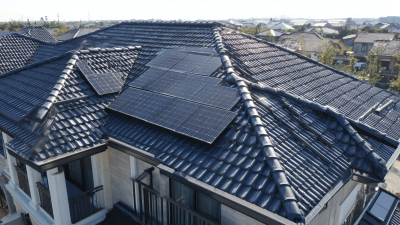
15 Top Reasons to Choose Best Solar PV Roof Tiles for Sustainable Energy Solutions
-

Exploring the Revolution: What are Solar Cell Roof Tiles and Their Benefits?
-

Understanding Issues with pv tiles in Modern Construction
-

Ultimate Guide to Harnessing Solar Power Tiles for Sustainable Energy Solutions
-
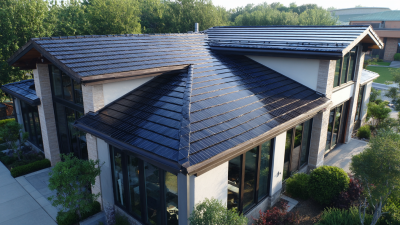
Ultimate Guide to Choosing the Best Solar Roof Tiles for Your Home